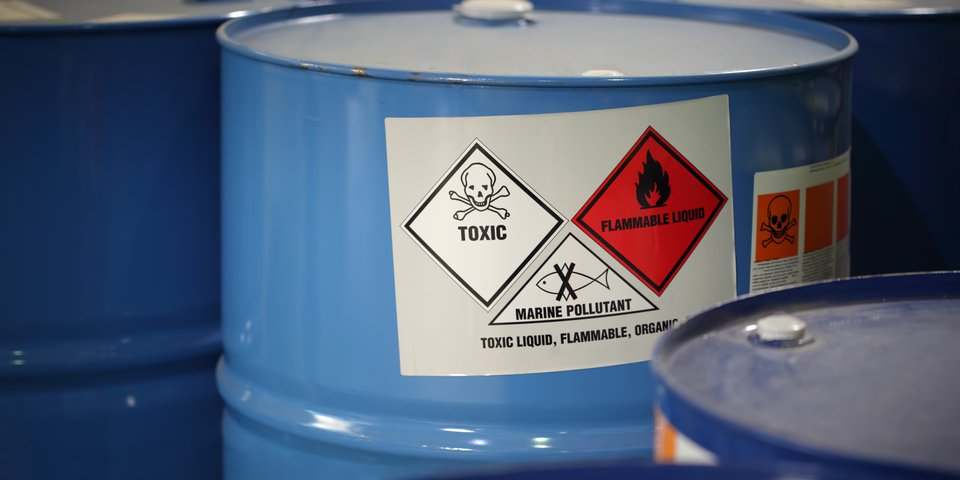 iStockphoto/tunart
iStockphoto/tunartMore protection against asbestos hazard
Policy revision in the home stretch
IF – 10/2023
The agreement between the negotiating teams of
the European Commission, the European Parliament and the Council of the
European Union on the revision of Directive 2009/148/EC on the protection of
workers from the risks related to exposure to asbestos at work was reached more
quickly than expected. During the summer, an agreement was reached on a result
that was acceptable to all sides.
Worker protection at the forefront
In the Employment and Social Affairs Committee
(EMPL), a report was presented on 7 September on the outcome
of the inter-institutional negotiations on the
proposal for an amendment of the Asbestos Directive. Health and safety at work
is an important issue in the European Parliament, also across party lines.
Accordingly, the agreement was adopted by a majority. The final
agreement was adopted in the spirit of the ongoing
legislative process on 3 October in the plenary session in Strasbourg with an
overwhelming majority of 620 votes in favour, 2 against and 4 abstentions by
MEPs.
Europe should become asbestos-free
The new rules will significantly reduce the
current limits for asbestos and bring them in line with technological advances
in methods for measuring asbestos fibres. Thus, in a first step, the maximum
allowable concentration is to be reduced from the current 0.1 f/cm³ to 0.01
asbestos fibres per cm³ for a transitional period of no more than six years.
According to this, Member States are obliged to use the new method of electron
microscopy for the measurement of asbestos fibres. This also enables the
measurement of thin asbestos fibres. Two options are allowed following the
introduction of electron microscopy. If thin asbestos fibres are also measured,
the maximum allowable concentration remains at 0.01 fibre/cm³. If no thin
asbestos fibres are measured, the maximum allowable concentration is reduced to
0.002 fibre/cm³. Improved prevention and protection measures were also agreed
upon.
The human-centred approach
The new Directive additionally contains new
requirements for stronger protection of workers from exposure to asbestos. They
must wear personal protective equipment including respirators and the
protective equipment must be cleaned accordingly. There will be a special decontamination
procedure for disaster and occupational health decontamination. In the case of
occupational accidents, usually only persons who were endangered by localised
accidents are decontaminated.
Open end
The European Parliament would like to see an
asbestos-free Europe in the future and calls on the European Commission to
continue to fight the "invisible killer". Especially in the context
of the Green Deal and the accompanying wave of building renovation, a long-term
strategy against asbestos exposure is needed. The issue will certainly also be
important in the next legislative period. In order to increase protection for
workers and to reduce the occupational cancer risk, intensive training on the
handling of asbestos is planned. As long as the Green Deal is being implemented
and the renovation of buildings in Member States continues for decades, an
asbestos-free Europe will be a long time coming.
Outlook
The European Commission was very satisfied with
the debate at European level. The outcome aims to eliminate work-related
fatalities, which are also related to the adopted EU
strategic framework for health and safety at work. On 23 October the Council of the European Union formally approved the new rules, and Member States have two years after the Directive enters into force
to introduce the new maximum allowable concentration of 0.01 fibre/cm3 and six years to introduce electron microscopy to measure asbestos in the
workplace. The road to an asbestos-free future and raising awareness about the
health risks will have to remain on the European agenda.
